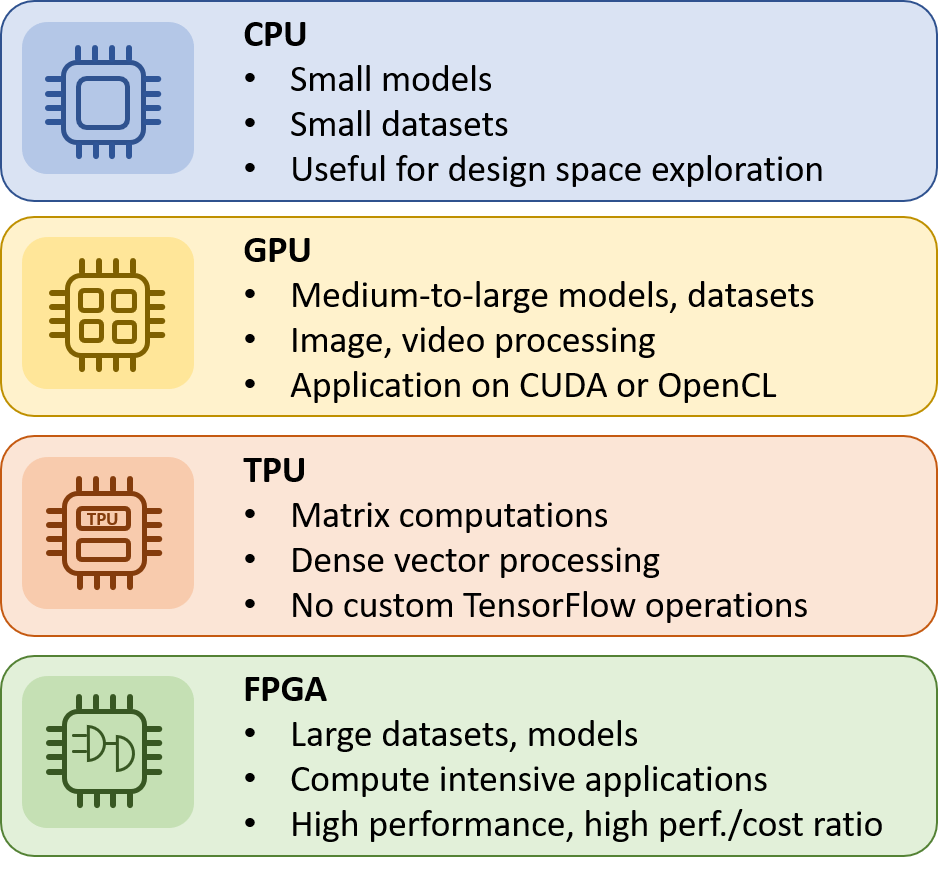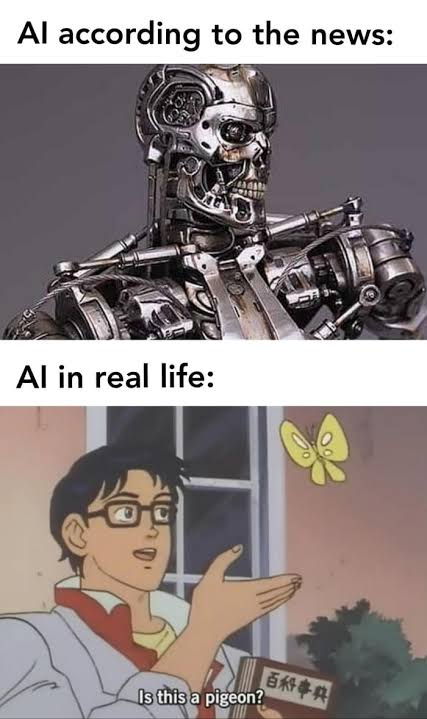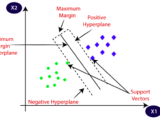Machine Learning Hardware: GPUs, TPUs, and Beyond
May 4, 2024Introduction to Machine Learning Hardware:
In the world of machine learning, having the right hardware is like having a powerful engine in a car. It’s essential for making everything work smoothly. Imagine trying to process loads of data and solve complex problems without the right tools. It would be like trying to swim against a strong current. That’s where specialized hardware comes in. It’s like having a supercharged engine designed specifically for handling the heavy lifting required by machine learning tasks.
GPU Evolution and Impact:
Graphics Processing Units (GPUs) are like the superheroes of machine learning, they swoop in and save the day by handling calculations at lightning speed. Originally created for gaming and graphics, GPUs found their true calling in machine learning. They’re like the muscle cars of hardware, built for speed and power. Over time, they’ve evolved to become even faster and more efficient, thanks to advancements in architecture and technology. And the impact? Well, it’s huge. From speeding up training times to making complex models possible, GPUs have revolutionized how we do machine learning.
Introduction to TPUs (Tensor Processing Units):
Now, imagine if GPUs have a sidekick Tensor Processing Units (TPUs). These are like the high-tech gadgets that take machine learning to the next level. TPUs are designed by Google to be super-fast and energy-efficient, like the hybrid cars of hardware. They’re specifically built to handle the heavy lifting of machine learning tasks, and they do it with finesse. Google has integrated TPUs into its systems, making them accessible to developers worldwide.
Advancements in TPU Technology:
TPUs keep getting better and better with each new version. It’s like upgrading from a regular smartphone to the latest model with all the bells and whistles. They’ve become more powerful, energy-efficient, and scalable over time. And the best part? They can handle even more complex tasks without breaking a sweat.
Applications of GPUs and TPUs:
Think of GPUs and TPUs as the secret weapons behind some of the coolest machine learning applications out there. From recognizing faces in photos to translating languages in real-time, these hardware heroes are behind the scenes making it all happen. They’ve made breakthroughs in computer vision, natural language processing, and reinforcement learning possible, opening up a world of possibilities for AI.
Challenges and Limitations:
But it’s not all sunshine and rainbows. Like any superhero, GPUs and TPUs have their weaknesses. There are challenges in designing and using them effectively, like managing power consumption and compatibility issues. And as technology advances, new challenges emerge, like keeping up with the ever-growing demands of machine learning.
Emerging Trends and Future Directions:
Looking ahead, the future of machine learning hardware is full of exciting possibilities. There’s talk of new technologies like neuromorphic computing and quantum computing that could take machine learning to new heights. It’s like imagining a world where superheroes team up to tackle even bigger challenges and save the day in ways we’ve never seen before.
Conclusion:
In the end, the evolution of machine learning hardware from GPUs to TPUs and beyond has been nothing short of remarkable. These hardware heroes have transformed how we approach machine learning, opening up new avenues for innovation and discovery. And as we look to the future, one thing is clear: continued innovation in hardware will be crucial for advancing the capabilities of machine learning and unlocking its full potential for the benefit of humanity.



